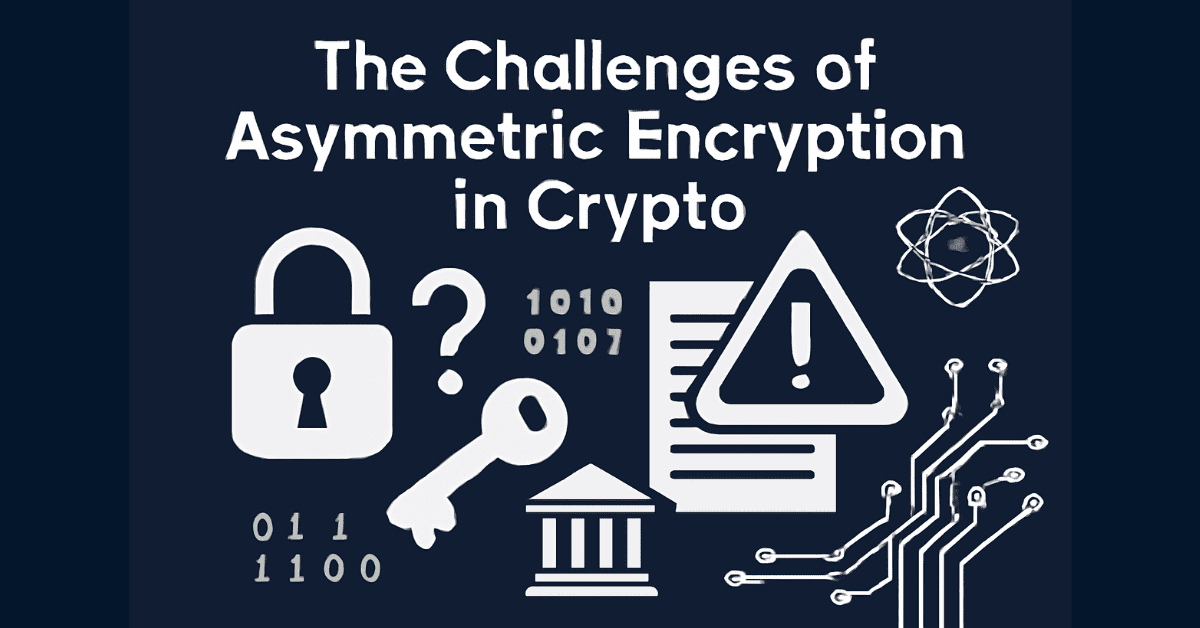
The Challenges of Asymmetric Encryption in Crypto
1. What is Asymmetric Encryption?
Asymmetric encryption is a method that uses two different keys to encrypt and decrypt data: a public key and a private key. The public key can be shared widely, while the private key must be kept secret. When one party wants to send secure information, they use the recipient’s public key to encrypt the message. Only the recipient, who possesses the corresponding private key, can decrypt the message, ensuring its security.
2. Why Is Asymmetric Encryption Important in Crypto?
In the cryptocurrency market, asymmetric encryption helps protect identities and verify transactions without the need for third-party involvement. It supports the decentralized nature of blockchain systems, reduces risks associated with intermediaries, and enhances the security of transactions.
3. Digital Signing and Transaction Verification Process
A prominent application of asymmetric encryption in crypto is digital signing. When users want to perform a transaction, they use their private key to sign it, proving ownership of the assets. Network nodes use the public key to verify the validity of the signature and the transaction before adding it to the blockchain.
4. Common Asymmetric Encryption Algorithms
Algorithms like RSA, ECDSA, and ECC are widely used in blockchain platforms for encryption and signing transactions. ECDSA is preferred due to its high efficiency and low resource usage, while RSA and ECC provide strong security but require more computational resources.
5. Challenges of Asymmetric Encryption in Crypto
Although asymmetric encryption provides security, protecting the private key is crucial. If the private key is compromised, assets can be lost. Furthermore, asymmetric encryption algorithms, especially RSA, require significant computational resources and face threats from the development of quantum computers. Therefore, there is a need for research and development of new algorithms to address these challenges.